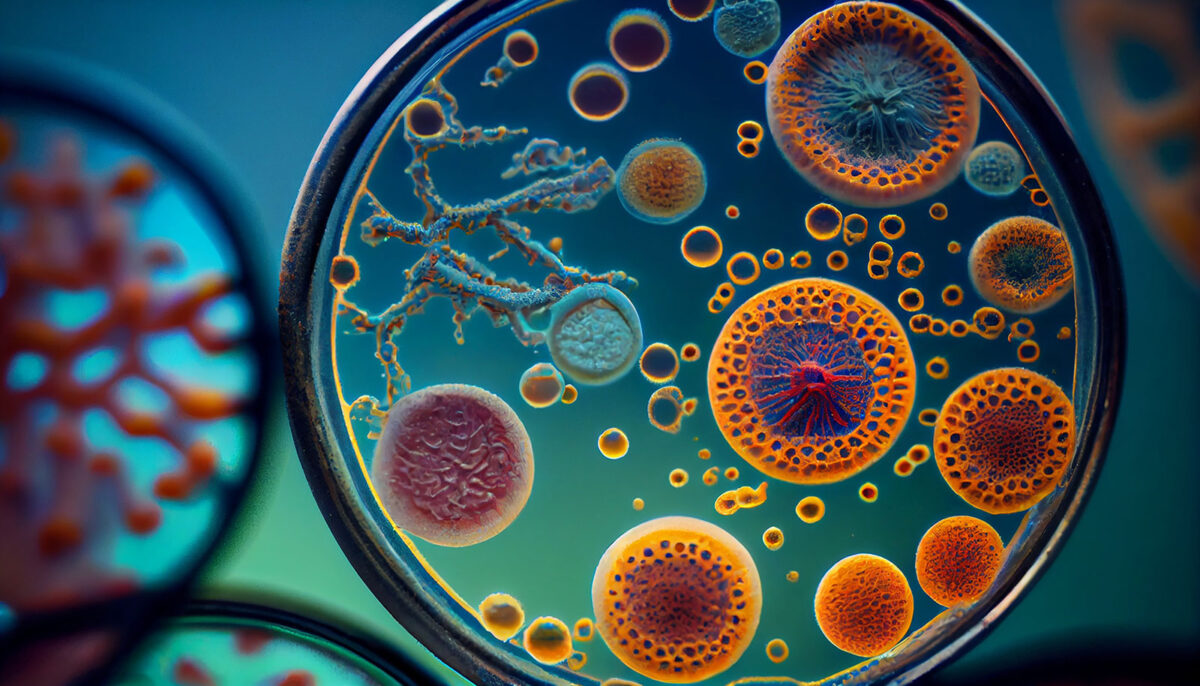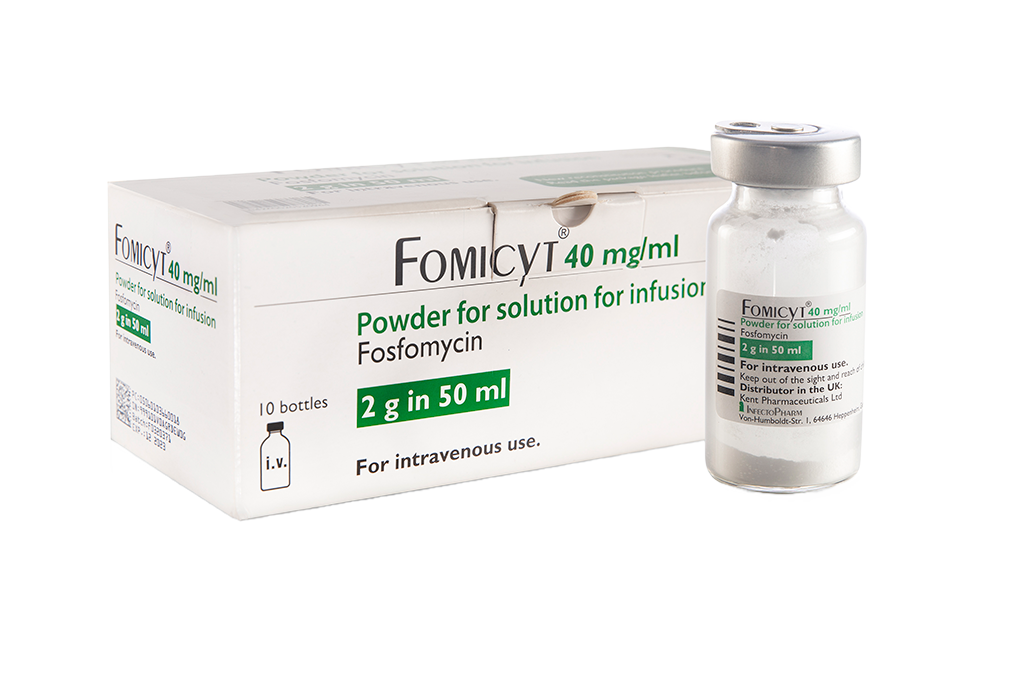This website uses cookies so that we can provide you with the best user experience possible. Cookie information is stored in your browser and performs functions such as recognising you when you return to our website and helping our team to understand which sections of the website you find most interesting and useful.

Infectious disease
The term of infection disease is a communicable disease due to a harmful organism or it’s toxic product. Which arises through transmission from an infected person or environments to a susceptible host.
Difference between infectious diseases and non-infectious diseases
Infection diseases need the pathogens such as fungi, virus and bacteria, while non-infectious diseases are more based on genetic, anatomical differences and aging.
Who is most at risk for getting infectious diseases?
Each person can get an infectious disease, the risk of incidence is variable based on lower immunocompetence system, travel to areas with certain highly transmissible diseases, higher pathogen loads, susceptibility to infections, aging, pregnancy, unvaccinated against common infectious diseases.
Diagnosis of Infectious Disease
Doctors suspect an infection based on the person's symptoms, physical examination results, and risk factors. When everything is considered, the laboratory determines the type of microorganism, as well as the potential effectiveness of specific antibiotics on the pathogens.
Treatment of infectious diseases
Morbidity (sickness) and mortality (death) caused by bacterial infections demonstrated a significant decline since the discovery of antibiotics. Thus, antibiotics act generally specifically, against specific microorganisms. In this regard, antibiogram play an essential role to select the kind of antibiotic.
Antibiotic resistance
Antimicrobial Resistance (AMR) is from the lack of response to antibiotic therapy by bacteria, viruses, and fungi.
Globally, the rate of antibiotic resistance is increased while the antibiotics are slowly developed, could be resulted the running out of effective antibiotics.
References:
- Burnside, J.S., O.V. Buchthal, and U. Patil, A Systematic Review of Antimicrobial Resistance During the COVID-19 Pandemic. Hawai'i Journal of Health & Social Welfare, 2023. 82(8): p. 188.
- Miller, J.M., et al., A guide to utilization of the microbiology laboratory for diagnosis of infectious diseases: 2018 update by the Infectious Diseases Society of America and the American Society for Microbiology. Clinical Infectious Diseases, 2018. 67(6): p. e1-e94.
- Larsson, D.J. and C.-F. Flach, Antibiotic resistance in the environment. Nature Reviews Microbiology, 2022. 20(5): p. 257-269.
- Frieri, M., K. Kumar, and A. Boutin, Antibiotic resistance. Journal of infection and public health, 2017. 10(4): p. 369-378.









